Human Body
-
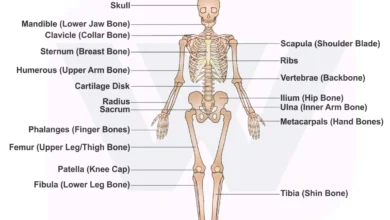
Human Skeleton
The human skeleton is the bony structure that makes up the human body. It corresponds to the set of bones of…
Read More » -
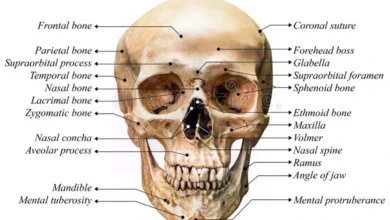
Skull Bones
The skull is a bony case that protects the brain and the organs of smell, vision and hearing, as well…
Read More » -
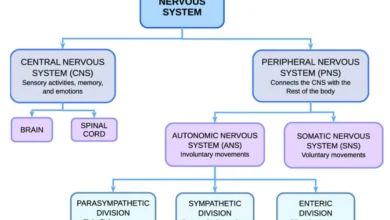
Nervous Tissue
Nervous tissue is a communication tissue, capable of receiving, interpreting and responding to stimuli. The cells of nervous tissue are…
Read More » -
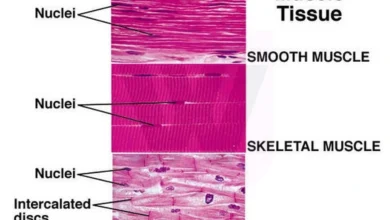
Muscle Tissue
Muscle tissue is related to locomotion and other body movements. Among its main characteristics are: excitability, contractility, extensibility and elasticity.…
Read More » -
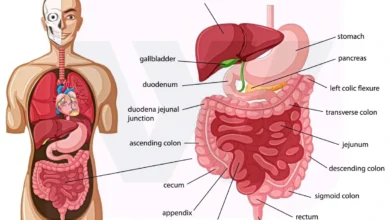
Digestion
Digestion is the transformation of food into assimilable substances, carried out in the digestive system, through two types of processes: mechanical and chemical. Mechanical…
Read More » -
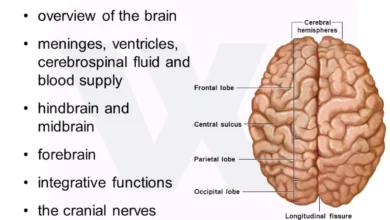
Central Nervous System
The Central Nervous System (CNS) is responsible for receiving and transmitting information throughout the body. We can define it as…
Read More » -
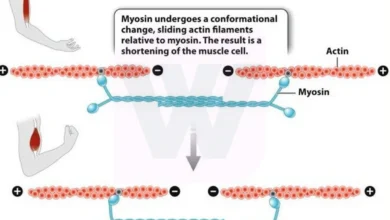
Muscle Contraction
Muscle contraction occurs when actin slides over myosin in muscle cells, allowing the body to move. Muscle fibers contain filaments of contractile proteins…
Read More » -
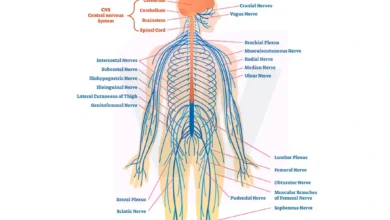
Peripheral Nervous System
The Peripheral Nervous System (PNS) is made up of nerves and nerve ganglia. Its function is to connect the Central…
Read More » -
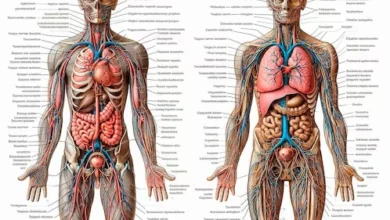
Parts of the Human Body
The human body can be studied in three distinct parts: head, trunk and limbs. Each part of the human body is made up of…
Read More » -
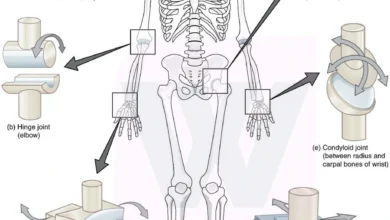
Joints of the Human Body
The joints of the human body, belonging to the articular system , are responsible for many movements we perform. It connects…
Read More »